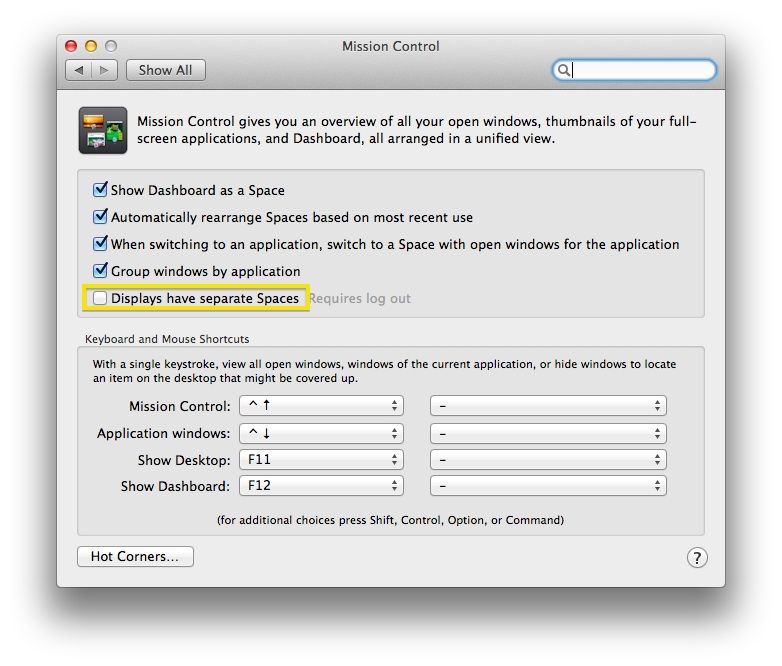

Locate the Dock along the left, bottom, or right edge of the screen. Drag the slider to choose the magnification size. Other programs may only show the menu when the mouse pointer is moved to the top of the screen or when scrolling up. Magnify icons when you move the pointer over them. With these programs, press the Alt or F10 any time you want to open the file menu. Some programs may also hide the file menu to keep the interface clean. For these programs, you'll need to use the alternative menu system. Other programs may use a hamburger menu, kebab menu (e.g., Chrome), or meatballs menu (e.g., Edge) to access the programs features.

For example, in new Office programs instead of a file menu it uses the Ribbon.

MAC MOVE MENU BAR TO OTHER MONITOR MAC
The following is a diagram of a simple Mac menu bar and the functions of each menu item: Move your cursor over to the top of your screen and select the Apple icon. When you switch to another application, the menu bar changes accordingly.
MAC MOVE MENU BAR TO OTHER MONITOR WINDOWS
Unlike Microsoft Windows menu bars, which appear in each window, menu bars in OS X always appear at the top of the screen. The menu bar on a Mac is a thin bar found anchored to the top of the screen. To show the menu bar move your mouse or finger to the top of the screen. So, if you have your applications organized across multiple desktops, consider cleaning them up first.With Windows 8, Windows 10, and full-screen programs, the menu bar may be hidden to improve the appearance of the program. However, moving the menu bar icon will rearrange your desktop. I simply dragged it to the screen icon on the left, and after a few flashes, my 27" display became my main monitor (displaying notifications), and my Macbook became the extension monitor. It handles a lot of things, including notifications! That, believe it or not, is the Menu Bar. Take note of the white bar on top of the small screen icon. Simply navigate to System Preferences > Displays > Arrangement and drag the screens to the desired location. Setting up multiple displays on macOS is a simple process. I did some research and here's what I discovered: I never thought about it before, but after getting in trouble for missing several critical Slack messages, I realized I needed to do something about it. The larger screen houses all of my work-related applications, while the smaller one houses my calendar, calculator, and Spotify.įor as long as I can remember, all of my notifications would appear on the screen of my Macbook. My current display configuration includes my Macbook to the right and a 27" BenQ Monitor in front of me.


 0 kommentar(er)
0 kommentar(er)
